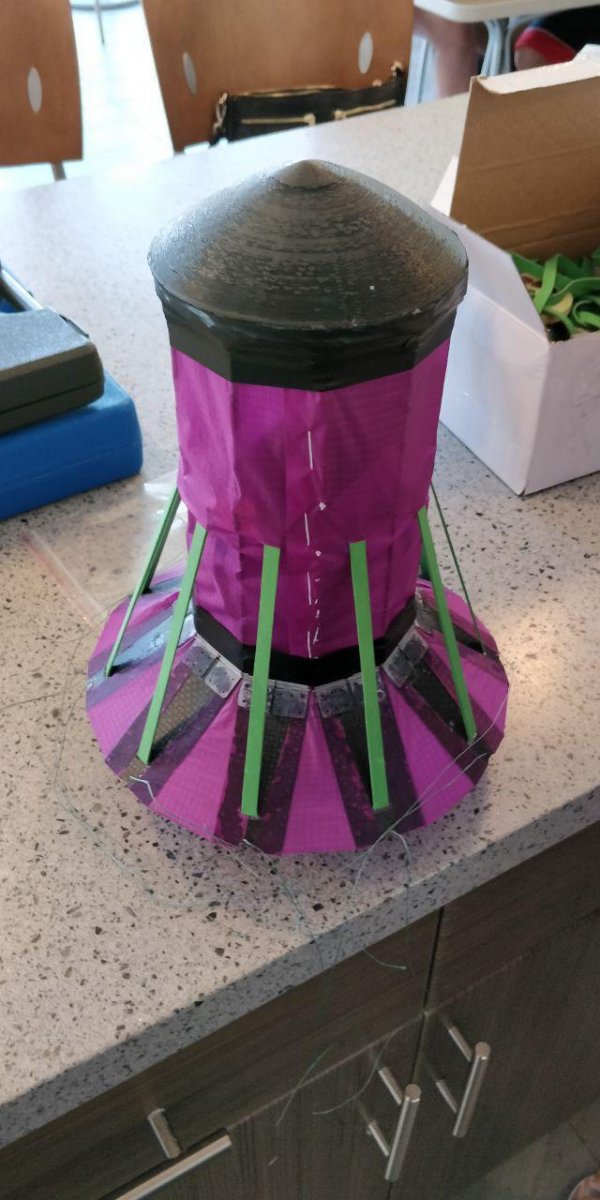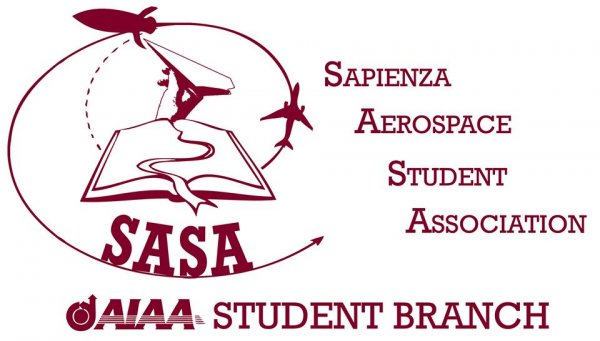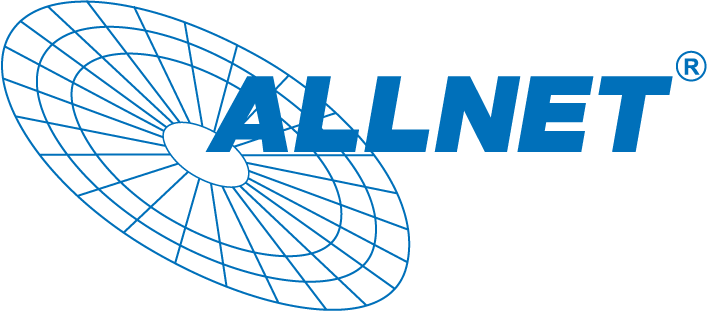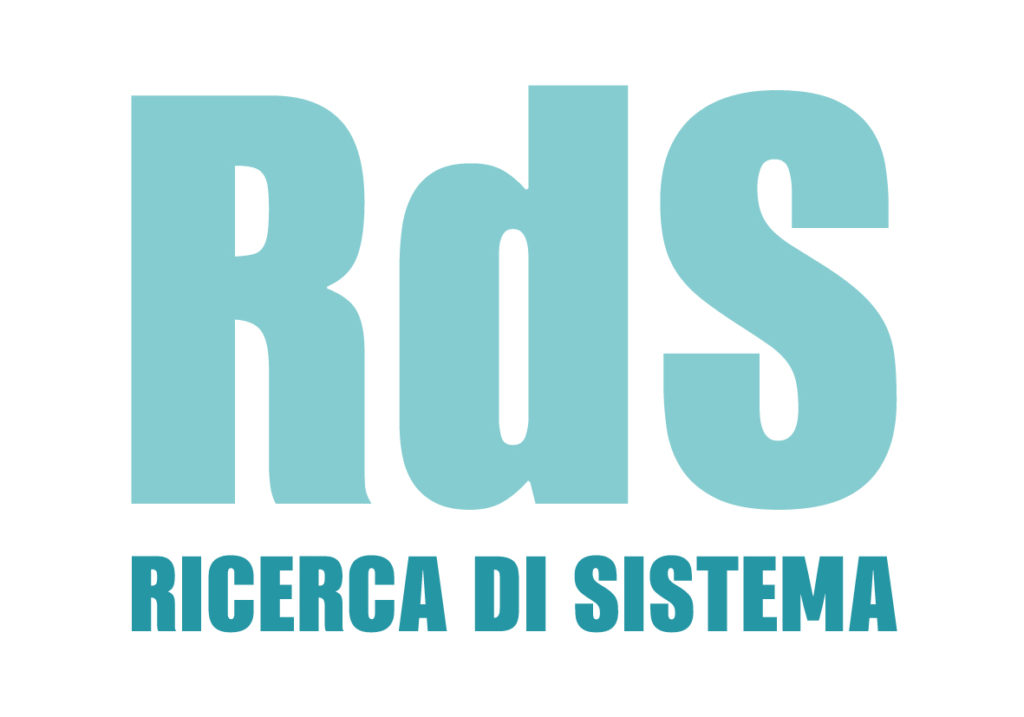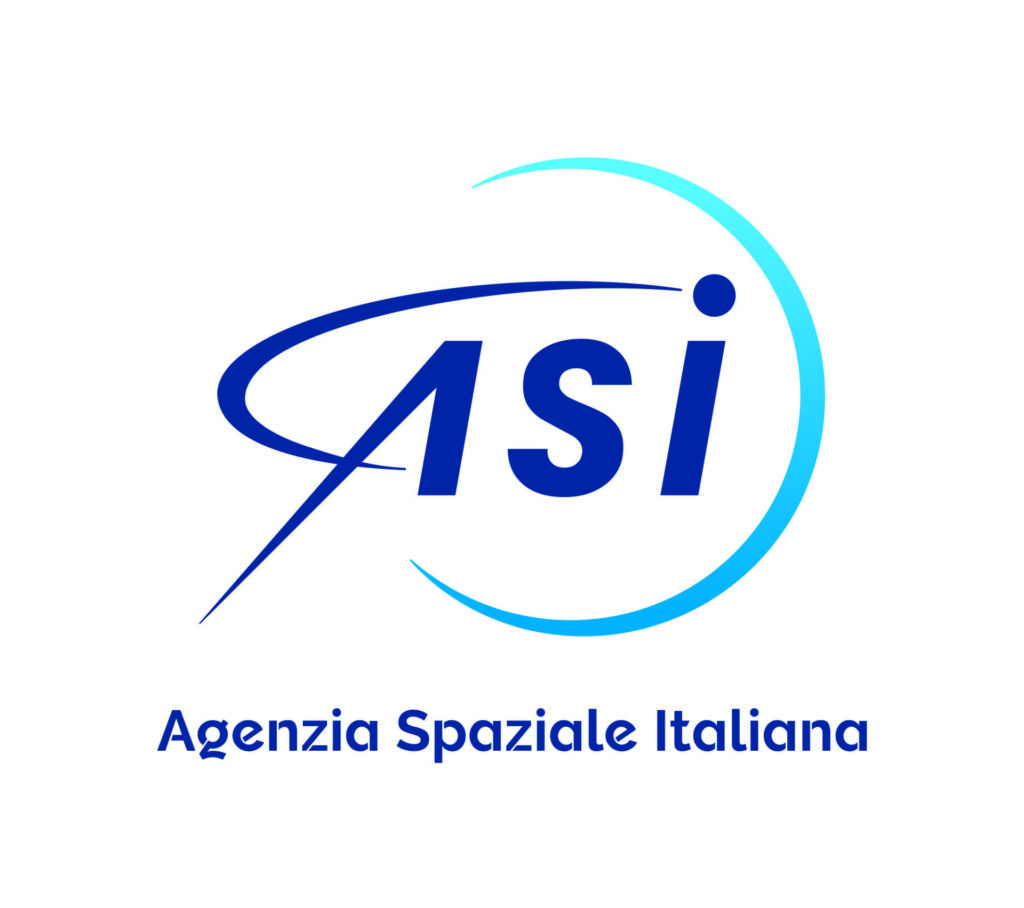Exhibitors 2018
- HOME AUTOMATION
- ROBOTICS
- YOUNG MAKERS (< 18)
- OPEN SOURCE
- 3D PRINTING
- DRONES
- EDUCATION
- FABRICATION
- HACKS
- NEW MANUFACTURING
- SCIENCE
- ENERGY & SUSTAINABILITY
- ART
- INTERNET OF THINGS
- MUSIC & SOUND
- RECYCLING & UPCYCLING
- KIDS & EDUCATION
- ARTISANS & NEW CRAFT
- CULTURAL HERITAGE
- GAMES
- WELLNESS & HEALTHCARE
- FASHION & WEARABLES
- FOOD & AGRICULTURE
- BIOLOGY
- 3D SCANNING
- AEROSPACE
- STEAM PUNK
- ARTIFICIAL INTELLIGENCE
- ARDUINO
- CROWDFUNDING
Sapienza Space Team Progetto: CanSat
The work of the team is based on a simulation on a smaller scale of a space mission in which the main phases are “ascent” and “atmospheric reentry”. Mainly, it consists in designing a prototype which should comply with requirements of a mission promoted by AIAA, NASA (and other leading the aerospace field). The name of the mission is “Cansat Competition” indeed, an international annual competition between universities. The prototype is a satellite of contained dimensions [310x125 mm], which originates from the concept of CanSats (small-sized satellites stowed in a cylindrical container similarly to a can, from which the word “CanSat”).
The prototypes are thought and built to comply with the official requirements. They change every year, but fundamentally the dynamics of launch are the same: the CanSat is brought to the altitude of approximately 1 kilometer in less then 5 seconds. In the mission dynamics upon which the CanSat is designed, it is released from the rocket, thus starting its controlled descent. At a fixed altitude separation between carrier and lander (or between internal payload and external container) occurs, through operations and systems which vary year by year accordingly to the parameters of the mission. Throughout the whole mission, several sensors and a camera are installed inside the CanSat, so that it can gather data (speed, altitude, acceleration, temperature, pressure, pictures, videos etc…).
The project, or rather, the mission, from 2017 consisted in a container (from now on Container) and in a foldable glider (Convertible Glider) inside. Once out of the rocket, the whole system Container+Glider should have free fallen, only braked by a parachute which presented a spill hole, until a fixed altitude, at which the release should have occurred. According to the mission, the Container should have continued its descent and the collection of data (pression, altitude, time of mission, ..). Otherwise, the Glider, once unfold, should have started gliding without any active controls in an designed helicoidal trajectory until landing. Fundamental feature and technical challenge in the design of the whole was that throughout all the mission the Glider (unlike the container, battery powered) should have been exclusively powered by solar panels. Along with gathering and saving all the data, from the sensors and about the state of the system, locally, the CanSat should have sent them to a Ground Station.
The 2018 project, conversely, consists in the presence of a heat shield (material, shape and dimensions designed and established accordingly to the mission) which has the double function of braking the fall and of protecting a probe, which has study and supervision purposes, along with gathering environmental and flight data, and also being capable of receiving commands from the ground. During the descent, at a fixed altitude the heat shield should be released, and this release should be captured by a camera installed inside the CanSat. Simultaneously a parachute should spread out for the final phase of the Probe’s descent, inside which various sensors should collect a set of data (altitude, speed, time, pression…).
To prove the resistance of the structure to potential impacts and to high pressure, and to verify the proper functioning of the protection system, a chicken egg is positioned inside the Probe and should remain intact during all the mission.
The prototypes are thought and built to comply with the official requirements. They change every year, but fundamentally the dynamics of launch are the same: the CanSat is brought to the altitude of approximately 1 kilometer in less then 5 seconds. In the mission dynamics upon which the CanSat is designed, it is released from the rocket, thus starting its controlled descent. At a fixed altitude separation between carrier and lander (or between internal payload and external container) occurs, through operations and systems which vary year by year accordingly to the parameters of the mission. Throughout the whole mission, several sensors and a camera are installed inside the CanSat, so that it can gather data (speed, altitude, acceleration, temperature, pressure, pictures, videos etc…).
The project, or rather, the mission, from 2017 consisted in a container (from now on Container) and in a foldable glider (Convertible Glider) inside. Once out of the rocket, the whole system Container+Glider should have free fallen, only braked by a parachute which presented a spill hole, until a fixed altitude, at which the release should have occurred. According to the mission, the Container should have continued its descent and the collection of data (pression, altitude, time of mission, ..). Otherwise, the Glider, once unfold, should have started gliding without any active controls in an designed helicoidal trajectory until landing. Fundamental feature and technical challenge in the design of the whole was that throughout all the mission the Glider (unlike the container, battery powered) should have been exclusively powered by solar panels. Along with gathering and saving all the data, from the sensors and about the state of the system, locally, the CanSat should have sent them to a Ground Station.
The 2018 project, conversely, consists in the presence of a heat shield (material, shape and dimensions designed and established accordingly to the mission) which has the double function of braking the fall and of protecting a probe, which has study and supervision purposes, along with gathering environmental and flight data, and also being capable of receiving commands from the ground. During the descent, at a fixed altitude the heat shield should be released, and this release should be captured by a camera installed inside the CanSat. Simultaneously a parachute should spread out for the final phase of the Probe’s descent, inside which various sensors should collect a set of data (altitude, speed, time, pression…).
To prove the resistance of the structure to potential impacts and to high pressure, and to verify the proper functioning of the protection system, a chicken egg is positioned inside the Probe and should remain intact during all the mission.
Italy
SASA - Sapienza SpaceTeam
“SASA-Sapienza Aerospace Student Association” is a local student branch of “AIAA-American Institute of Aeronautics and Astronautics”, composed by student from the University of Rome “La Sapienza” and created by the Didactic Council of Aerospace Engineering.
On the basis of its chart, SASA is a non-profit culture association, managed and run by students in order to involve its associates in an atmosphere in which everyone’s ideas can grow and spread, full of different realities, providing the opportunity to improve as professional figure as a person with an hands-on attitude.
Our associates can join a Project-Team in order to partecipate to international engineering competition; in this way they can approach a real engineering designing and construction experience with particular attention to the various phases of the progect (ideation, design, construction, testing, analysis pre/post mission, writing of reports,…).
Through SASA, students will have the opportunity to learn technical and management skills (electronics, software development, mechanics, aerodinamics, signal theory, human resources, leadership, teamwork, organization, bookkeping, business management, etc.) in a practical and hands-on approach.
In this way SASA wants to partecipate to the didactical process, granting a correct acquisition of knowledge and skills, in order to let improve the efficency of the State-system, by introducing professionists with both technical and executive skills.
On the basis of its chart, SASA is a non-profit culture association, managed and run by students in order to involve its associates in an atmosphere in which everyone’s ideas can grow and spread, full of different realities, providing the opportunity to improve as professional figure as a person with an hands-on attitude.
Our associates can join a Project-Team in order to partecipate to international engineering competition; in this way they can approach a real engineering designing and construction experience with particular attention to the various phases of the progect (ideation, design, construction, testing, analysis pre/post mission, writing of reports,…).
Through SASA, students will have the opportunity to learn technical and management skills (electronics, software development, mechanics, aerodinamics, signal theory, human resources, leadership, teamwork, organization, bookkeping, business management, etc.) in a practical and hands-on approach.
In this way SASA wants to partecipate to the didactical process, granting a correct acquisition of knowledge and skills, in order to let improve the efficency of the State-system, by introducing professionists with both technical and executive skills.
D1 (pav. 7)


